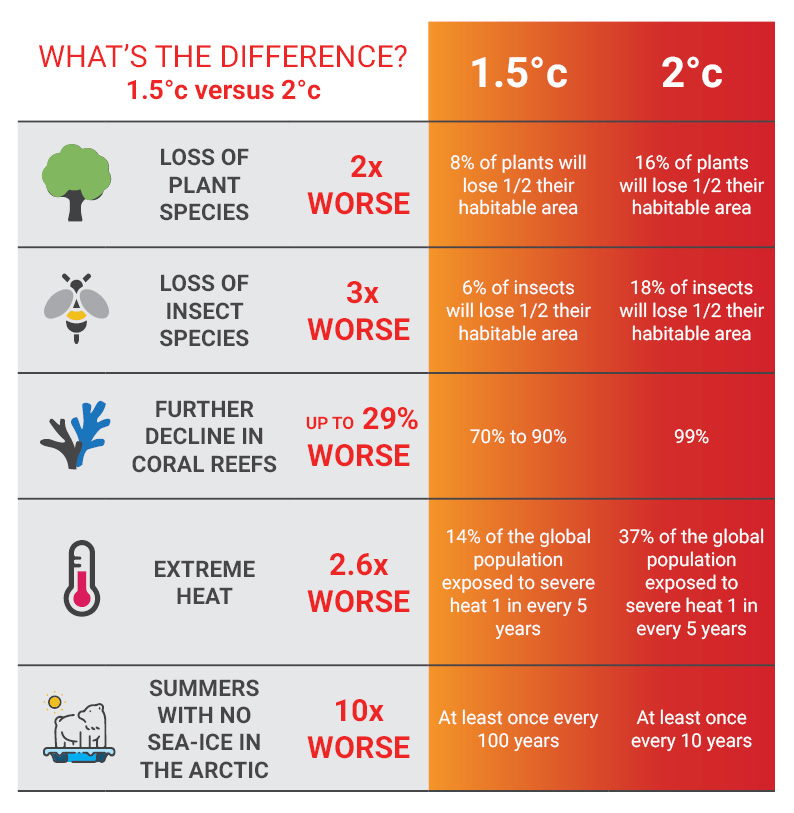Suggestions for how we can tackle the climate crisis while centering justice for communities
We’re in a climate crisis, and the IPCC has told us we have only 10 years to take bold, transformative action. This is the period covered by Victoria’s emission reduction targets for 2025 and 2030, which after being delayed by COVID, will soon be announced by the Andrews government.
Climate justice demands we rapidly cut pollution, but this will mean significant economic changes, so we need government to support communities through the transition and create thousands of good jobs in clean energy.
Can you write to the Premier and ask him to be a climate leader?
What are Victoria’s emission reduction targets?
Victoria’s Climate Change Act 2017 legislates for the state to reach zero greenhouse gas emissions by 2050. The Premier and the climate minister must also set interim targets for the years 2025 and 2030. These targets are soon to be announced, so this is a critical time for action on climate in Victoria.
Advice from an independent panel recommended that emissions be cut from their 2005 levels by 32–39% by 2025 and 45–60% by 2030. However these targets are not consistent with limiting global heating to 1.5 degrees, and are possibly not even consistent with a limit of 2 degrees.
To keep warming to 1.5 degrees Victoria should aim for cuts of at least 45–50% by 2025 and 65–80% by 2030. The latest scientific analysis gives an exact figure of 75% cuts by 2030 to stay in line with 1.5 degrees.
We need to apply pressure to make sure the government adopts targets consistent with the much safer limit of 1.5 degrees.
What’s the difference between 1.5 and 2 degrees?
The difference between 1.5 and 2 degrees of global warming is the difference between saving the world’s coral reefs and losing them, between people adjusting with difficulty to a warmer climate and having millions lose their homes and their lives to extreme weather and rising seas. It’s a big difference.

What will higher targets mean for Victoria?
These targets will influence every decision made on climate in Victoria for the next ten years.
Next year, ministers will need to announce ‘sector pledges’ determining how our most polluting sectors – electricity, transport, direct combustion and agriculture – reduce emissions. Higher targets will mean more investment in renewables, more support for farmers to cut emissions, more public transport and more clean technology and design.
The independent panel found that stronger targets for 2030 are the cheapest way to achieve a net zero emissions economy by 2050.
We believe that with the right policy settings, the transition can be achieved in a way that is fast but also fair.
The Intergovernmental Panel on Climate Change says every bit of warming matters. Every year matters. Every choice matters. In Victoria, the government has to make a crucial choice with huge long-term implications for our future. With enough community pressure we can make sure it does the right thing.
This article appeared in Environment Victoria News, Issue 32, Spring 2019.